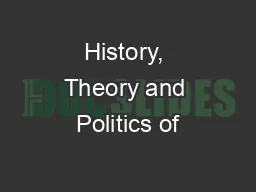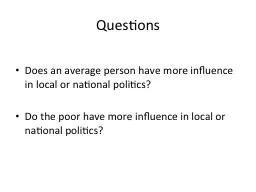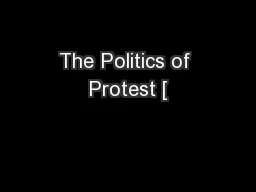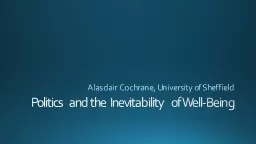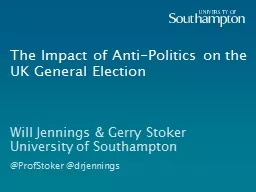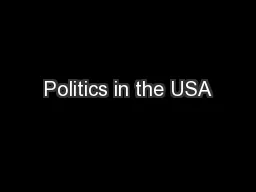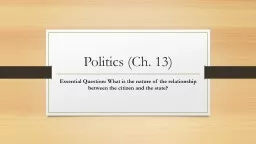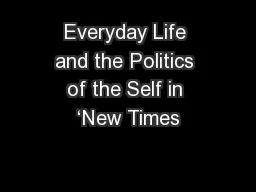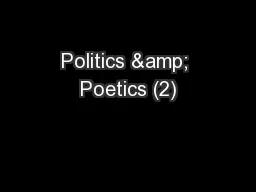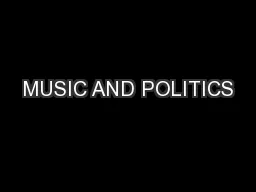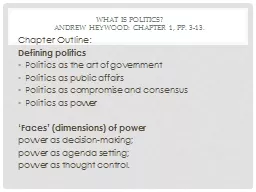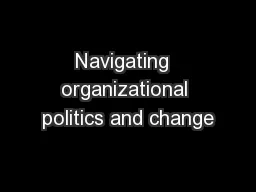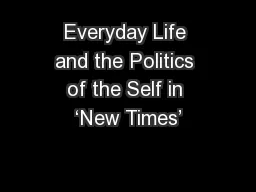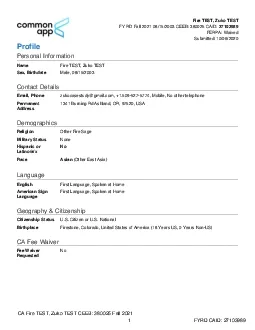PPT-History, Theory and Politics of
Author : alexa-scheidler | Published Date : 2017-07-21
Bilingual Education Global Perspectives EDS 125 Dr Bobbie M Allen Agenda Individual Writing Activity321 3 Key Concepts your read about 2 questions or wonderings
Presentation Embed Code
Download Presentation
Download Presentation The PPT/PDF document "History, Theory and Politics of" is the property of its rightful owner. Permission is granted to download and print the materials on this website for personal, non-commercial use only, and to display it on your personal computer provided you do not modify the materials and that you retain all copyright notices contained in the materials. By downloading content from our website, you accept the terms of this agreement.
History, Theory and Politics of: Transcript
Download Rules Of Document
"History, Theory and Politics of"The content belongs to its owner. You may download and print it for personal use, without modification, and keep all copyright notices. By downloading, you agree to these terms.
Related Documents

